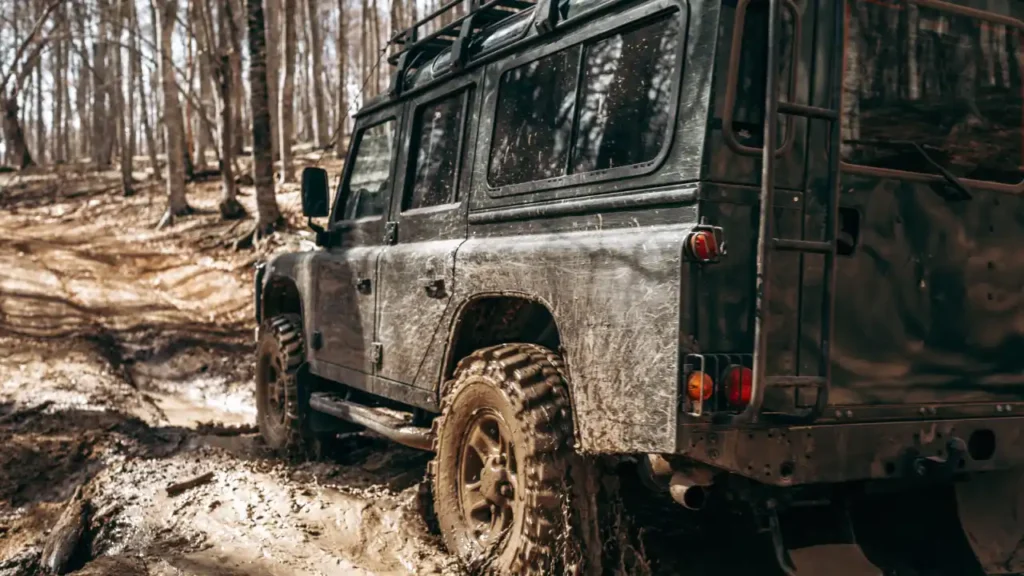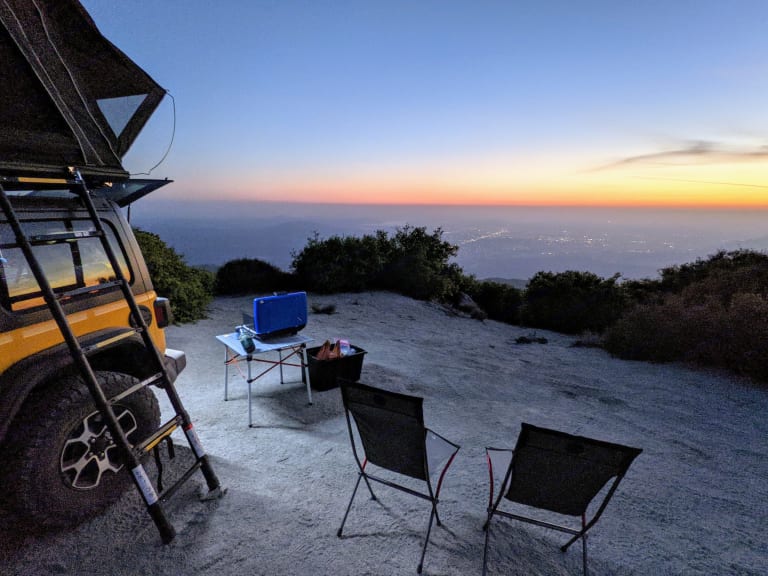
Free monthly entries to ALL giveaways
+1 every month
+5 every month
+10 every month
5%
125
150
350
100
100
50
Cancel membership anytime
Terms apply
apply

Written by
Admin
Published
August 20, 2024
Off-roading is not just a hobby; it’s a passion that often drives enthusiasts to modify their vehicles for better performance, durability, and versatility. One of the emerging trends in the off-road community is modular customization. Rather than making permanent and extensive changes to their vehicles, more and more off-roaders are turning to modular options. Let’s explore the advantages and potential disadvantages of this approach to vehicle modification.
Modular customizations offer unparalleled versatility for off-road enthusiasts. With the ability to quickly swap out parts, drivers can tailor their vehicles to the specific challenges of each new adventure. For instance, modular bumpers can be changed to accommodate different winch setups or to provide various levels of protection for different terrains, a trend reflected by the increasing popularity of adaptable bumper systems among off-road aficionados.
Modular customizations can also be more cost-effective in the long run. Enthusiasts can start with a base setup and add modules as their needs evolve or as their budget allows. This approach can be more cost-efficient than undertaking a complete overhaul, which could render some components obsolete as new trends emerge. As reported by industry analyses, the market has observed a growing demand for incremental upgrade options, allowing customers to spread their investment over time.
Another pro of modular customizations is the relative ease of repairs and upgrades. If a particular module is damaged during an off-road trip, it can be easily replaced without the need for extensive modifications to the rest of the vehicle. Performance parts, like suspension systems, can be incrementally upgraded, which is especially useful as manufacturers release improved versions. Historical stats show that off-roaders value the ability to upgrade components in line with advancements in technology, without the need for a full vehicle overhaul.
One of the drawbacks of modular customizations is that the integration of various components may not be as seamless as with a custom-built setup. Some off-roaders believe that a vehicle designed to work with specific parts from the ground up might perform better than one with add-ons. There’s always a risk that modular components may not match the performance or reliability of traditional customizations, which are extensively tested for compatibility.
While modular components offer convenience, there could be concerns regarding their quality and longevity. Some modular accessories might not be able to withstand the rigors of extreme off-roading as effectively as their non-modular counterparts. Data trends indicate that while many off-roaders are drawn to the flexibility of modular customizations, a segment remains skeptical of their ability to endure over the long term.
Finally, the market for modular off-road parts is still developing. Off-roaders may find the selection of modules somewhat limited compared to more traditional parts. However, as more manufacturers enter the space and the demand for modular customizations grows, this con is likely to diminish over time. Current market analysis suggests that the modular customization industry is set for growth, which should enrich the pool of options available to consumers.
In summary, modular customizations offer a plethora of benefits including versatility, cost-effectiveness, and ease of repair. However, enthusiasts should carefully consider potential compromises in vehicle integration, quality, and part availability before opting for a modular approach. As with any automotive trend, individual preferences and driving requirements will ultimately guide the decision-making process for off-road enthusiasts looking to outfit their vehicles for adventure.